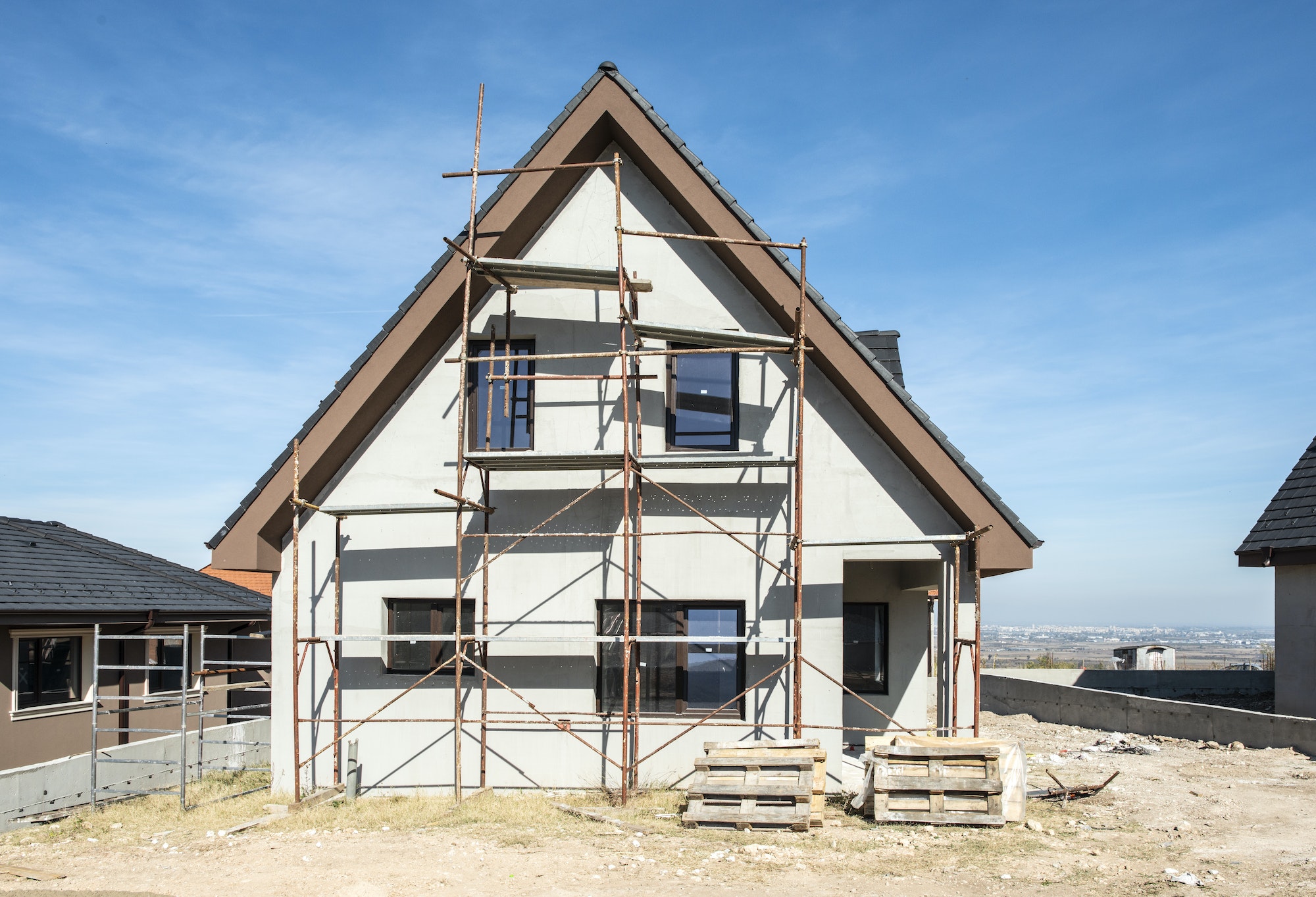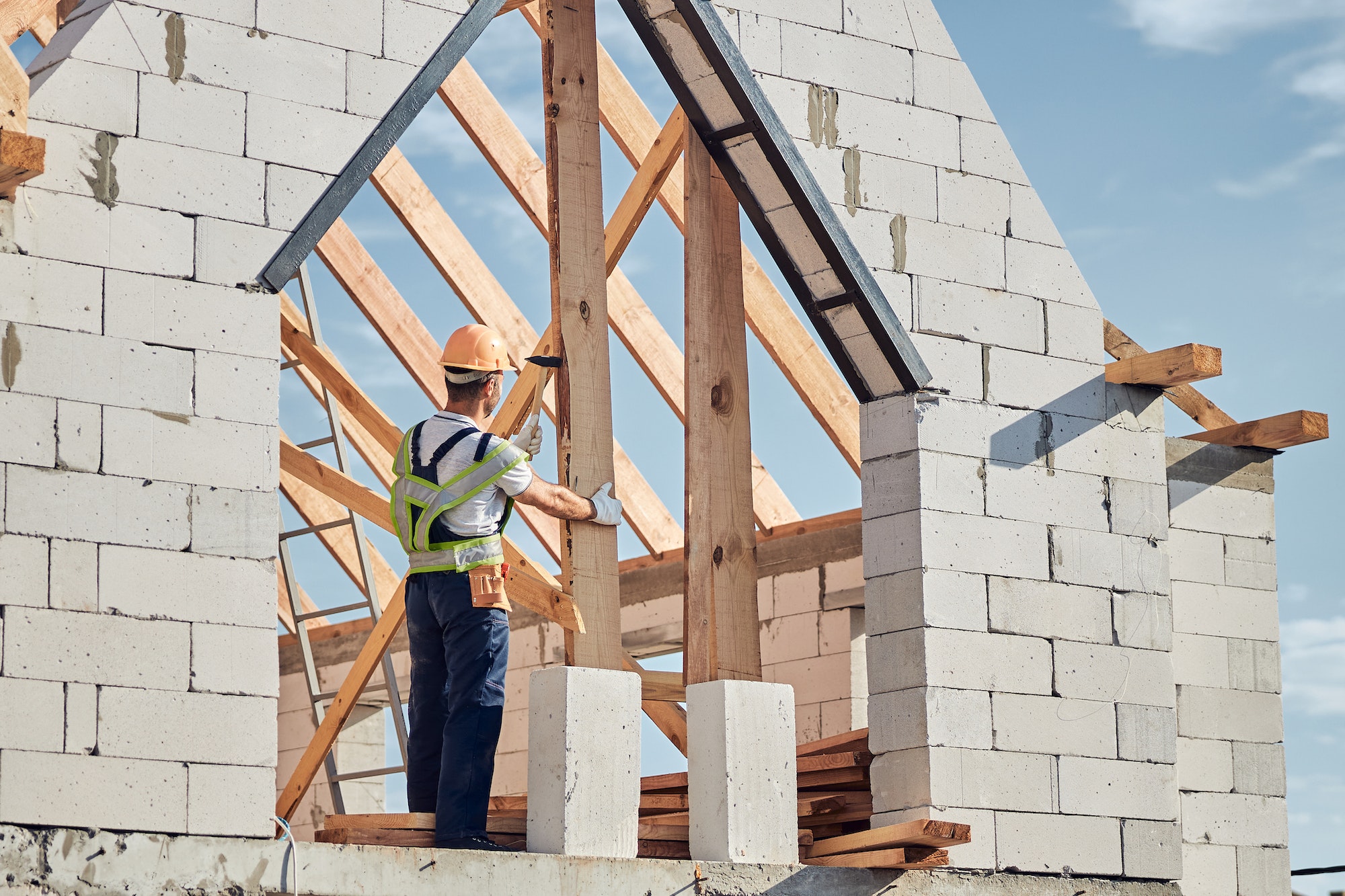How long does it take to build a house? This question intrigued me so much that I decided to embark on a comprehensive research journey to find the answer. Having always been fascinated by architecture and the construction process, I knew that gaining a deeper understanding of the timeframes involved would not only satisfy my curiosity but also provide valuable insights for others interested in building their own homes.
My research has led me through countless sources and personal anecdotes, exploring various factors that influence the time it takes to build a house. In the following paragraphs, I’ll share the findings of my investigation, hoping to shed light on this complex subject. By understanding the intricacies of construction timelines, you can better prepare for the exciting adventure of creating your dream home.
Table of Contents
1. Pre-Construction (1-4 months)

When it comes to building a house, there are several steps you need to take to ensure a successful construction project. In this subheading, we’ll cover what you need to do, what you need to prepare, and the costs associated with each step.
What to Do
- Find a Reputable Contractor – The first step is to find a reputable contractor. You can ask for recommendations from friends and family or do research online. Look for contractors with a good reputation, positive reviews, and experience in building the type of house you want.
- Obtain Permits – Before construction begins, you’ll need to obtain permits from your local government. This can be a lengthy process, so it’s essential to start early and be prepared to provide detailed plans and specifications.
- Finalize Design and Blueprints – Work with your contractor to finalize the design and blueprints for your house. This includes making decisions about the layout, size, materials, and finishes.
- Secure Financing – Building a house is a significant investment, so you’ll need to secure financing. You can work with a bank or mortgage lender to obtain a construction loan.
What to Prepare
- Site – You’ll need to prepare the site for construction. This includes clearing the land, leveling the site, and preparing the foundation.
- Materials – You’ll need to purchase materials for the construction project. This includes lumber, roofing materials, windows, doors, and other building supplies.
- Permits – You’ll need to pay for permits and any associated fees.
The Costs
The costs associated with building a house can vary depending on several factors, such as location, size, and materials used. However, here is a rough estimate of the costs associated with each step:
- Finding a Reputable Contractor – This can range from $1,000 to $10,000, depending on the contractor’s experience and reputation.
- Obtaining Permits – Permit costs can range from a few hundred dollars to several thousand dollars.
- Finalizing Design and Blueprints – This can cost anywhere from $1,000 to $10,000, depending on the complexity of the design.
- Securing Financing – Construction loans can have higher interest rates and fees than traditional mortgages. You can expect to pay anywhere from 1% to 5% in origination fees.
- Preparing the Site – Site preparation costs can range from a few thousand dollars to tens of thousands of dollars, depending on the size and complexity of the site.
- Materials – Material costs can vary widely depending on the type and quality of materials used.
2. Site Preparation (1-2 months)
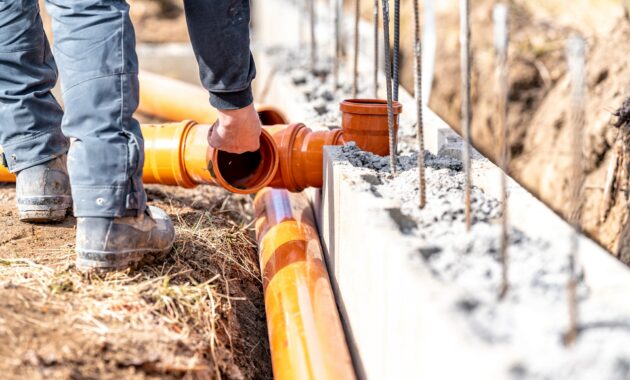
Site preparation is a critical phase of the building process that typically takes 1-2 months to complete. During this phase, the construction site is cleared and leveled in preparation for the foundation work. Here are some of the services and costs associated with site preparation:
- Clearing the Land – This involves removing trees, bushes, and other vegetation from the site. Depending on the size and type of vegetation, this can cost between $1,000 and $10,000.
- Demolition – If there are existing structures on the site, they will need to be demolished before construction can begin. The cost of demolition can vary widely depending on the size and complexity of the structure.
- Excavation – Excavation involves digging the foundation for the house. The cost of excavation can range from $1,000 to $20,000 depending on the size and complexity of the excavation.
- Foundation Work – Once the excavation is complete, the foundation work can begin. This includes pouring the foundation and installing any necessary drainage systems. The cost of foundation work can range from $10,000 to $50,000 depending on the size and complexity of the foundation.
- Grading – Grading involves shaping the land around the foundation to ensure proper drainage. The cost of grading can range from $1,000 to $10,000.
- Utility Hookups – If the site does not have access to utilities such as water, gas, and electricity, hookups will need to be installed. The cost of utility hookups can vary widely depending on the distance from the nearest utility lines.
- Site Cleanup – Once the site preparation is complete, the site will need to be cleaned up. This includes removing any debris and leveling the site. The cost of site cleanup can range from $1,000 to $5,000.
3. Framing (1-3 months)
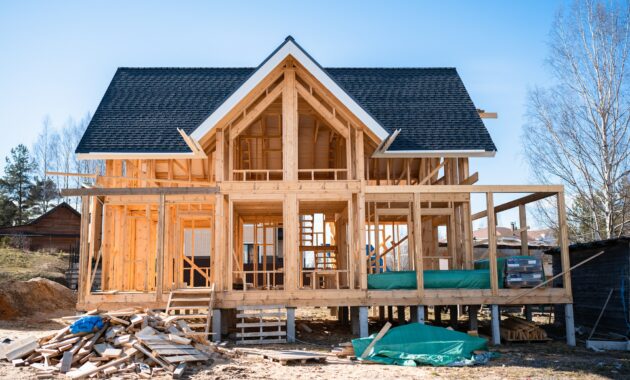
Framing is the phase of the building process that involves building the structural framework of the house. This includes the walls, roof, and floors of the house, and it is essential to the structural integrity and stability of the building. The framing phase typically takes 1-3 months to complete and requires the use of specialized materials and equipment.
Lumber:
- Material: Lumber is a traditional framing material made from wood. It’s commonly used due to its strength, durability, and availability.
- Brands: Some popular lumber brands include Georgia-Pacific, Weyerhaeuser, and Boise Cascade.
- Cost: The cost of lumber framing can range from $5 to $10 per square foot, depending on the size and complexity of the project and the brand used.
- Pros: Lumber is a cost-effective and readily available framing material that is easy to work with. It is also sustainable and biodegradable.
- Cons: Lumber can be susceptible to warping and insect damage, and it may not be as durable as some other framing materials.
Engineered Wood:
- Material: Engineered wood products are made from wood fibers and resins that are compressed and bonded together. These products are designed to be stronger, more stable, and more environmentally friendly than traditional lumber.
- Brands: Some popular engineered wood brands include LP Building Products, Huber Engineered Woods, and Boise Cascade.
- Cost: The cost of engineered wood framing can range from $3 to $7 per square foot, depending on the size and complexity of the project and the brand used.
- Pros: Engineered wood products are strong, stable, and easy to work with. They are also environmentally friendly and can be more cost-effective than traditional lumber.
- Cons: Engineered wood products may not have the same aesthetic appeal as traditional lumber, and they may be more susceptible to moisture damage.
Steel:
- Material: Steel framing is made from steel beams and studs that are engineered to be strong and durable. This material is non-combustible and termite-resistant.
- Brands: Some popular steel framing brands include ClarkDietrich, The Steel Network, and Marino\WARE.
- Cost: The cost of steel framing can range from $10 to $20 per square foot, depending on the size and complexity of the project and the brand used.
- Pros: Steel framing is strong, durable, and non-combustible. It is also termite-resistant and requires less maintenance than wood framing.
- Cons: Steel framing may be more expensive than other framing materials, and it may be more difficult to work with.
Concrete:
- Material: Concrete is a mixture of cement, water, and aggregates such as sand or gravel. It’s commonly used in commercial construction projects due to its strength and durability.
- Brands: Some popular concrete framing brands include Peri Formwork Systems, Doka USA, and Symons by Dayton Superior.
- Cost: The cost of concrete framing can range from $500 to $1,000 per square foot, depending on the size and complexity of the project and the brand used.
- Pros: Concrete is strong, durable, and fire-resistant. It is also a good insulator and can help regulate temperature.
- Cons: Concrete framing can be more expensive than other framing materials, and it requires specialized equipment and expertise to install.
Choosing the right framing material and brand is an important decision that can impact the strength, durability, and cost-effectiveness of your construction project.
4. Plumbing, Electrical, and HVAC (1-3 months)
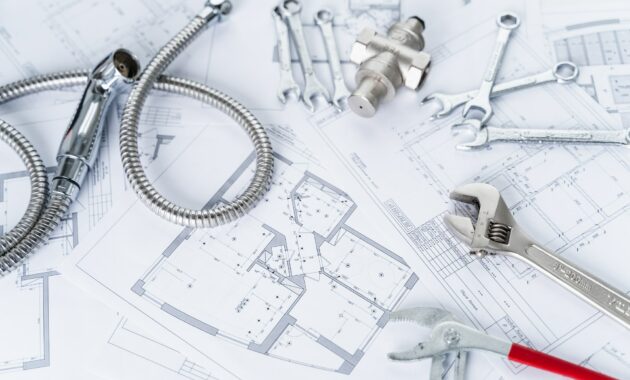
Plumbing, electrical, and HVAC (heating, ventilation, and air conditioning) are crucial systems in any home construction project. These systems require professional services and careful planning to ensure that they are installed correctly and function efficiently. The plumbing, electrical, and HVAC phases typically take 1-3 months to complete, and the costs can vary widely depending on the size and complexity of the project.
Plumbing:
- The plumbing system is responsible for bringing water into the house and removing wastewater. This includes pipes, fittings, valves, and fixtures such as sinks, toilets, and showers.
- Plumbing materials typically include copper, PVC, and PEX piping. Copper is a durable and long-lasting material, while PVC and PEX are more cost-effective and easier to install.
- Some popular plumbing brands include Delta, Kohler, and Moen.
- The cost of plumbing can vary widely depending on the size and complexity of the project and the materials used. However, for a typical 2,000 square foot house, the cost of plumbing can range from $8,000 to $12,000.
Electrical:
- The electrical system is responsible for providing power to the house. This includes wiring, outlets, switches, and fixtures such as lights and ceiling fans.
- Electrical materials typically include copper wiring, circuit breakers, and outlets.
- Some popular electrical brands include Eaton, Leviton, and Siemens.
- The cost of electricity can vary widely depending on the size and complexity of the project and the materials used. However, for a typical 2,000 square foot house, the cost of electricity can range from $8,000 to $12,000.
HVAC:
- The HVAC system is responsible for heating, cooling, and ventilating the house. This includes the ductwork, air handlers, furnaces, and air conditioning units.
- HVAC materials typically include copper piping, air ducts, and HVAC units.
- Some popular HVAC brands include Carrier, Trane, and Lennox.
- The cost of HVAC can vary widely depending on the size and complexity of the project and the materials used. However, for a typical 2,000 square foot house, the cost of HVAC can range from $8,000 to $12,000.
When it comes to professional services for plumbing, electrical, and HVAC, it’s important to work with licensed and experienced contractors who are familiar with local building codes and regulations. These contractors can help you choose the right materials and equipment for your specific needs and ensure that your systems are installed correctly and function efficiently.
5. Insulation and Drywall (1-2 months)
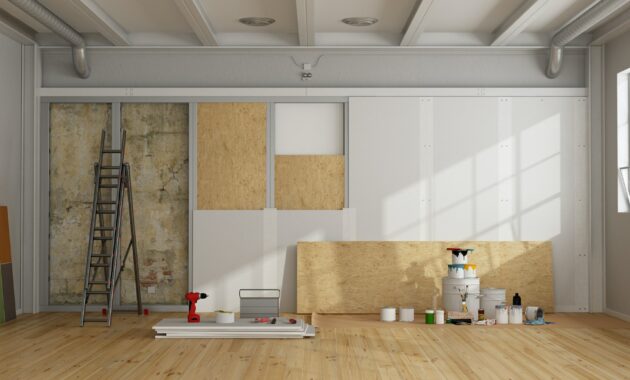
Insulation and drywall are two important components of a house construction project that help to provide comfort and safety. Insulation helps to regulate temperature and prevent energy loss, while drywall provides a smooth and durable finish to walls and ceilings. The insulation and drywall phases typically take 1-2 months to complete, and here are some key things to consider for each:
Insulation:
- Insulation is typically installed in walls, ceilings, and floors to help regulate temperature and prevent energy loss.
- Common insulation materials include fiberglass, cellulose, and spray foam insulation.
- The R-value is an important factor to consider when choosing insulation. This value represents the insulation’s resistance to heat flow, with a higher R-value indicating better insulation.
- Some popular insulation brands include Owens Corning, Johns Manville, and CertainTeed.
- The cost of insulation can vary widely depending on the size and complexity of the project and the materials used. However, for a typical 2,000 square foot house, the cost of insulation can range from $3,000 to $6,000.
Drywall:
- Drywall is a panel made of gypsum plaster sandwiched between two sheets of paper. It’s commonly used for interior walls and ceilings due to its smooth and durable finish.
- The thickness of drywall panels typically ranges from 1/4 inch to 5/8 inch, with thicker panels offering better soundproofing and fire resistance.
- Some popular drywall brands include USG, National Gypsum, and CertainTeed.
- The cost of drywall can vary widely depending on the size and complexity of the project and the thickness of the panels used. However, for a typical 2,000 square foot house, the cost of drywall can range from $2,500 to $5,000.
Insulation and drywall are important components of any house construction project that help to regulate temperature, prevent energy loss, and provide a smooth and durable finish to walls and ceilings.
6. Finishing Touches (1-2 months)
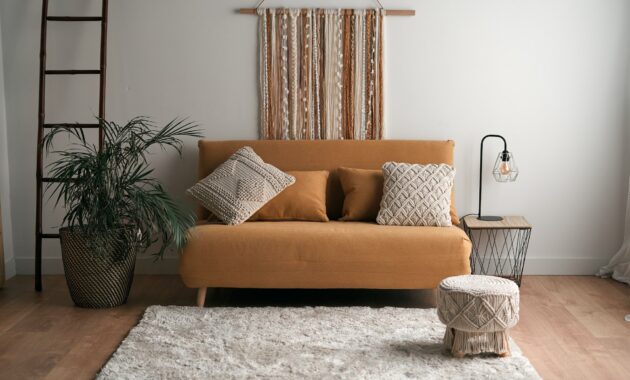
Finishing touches refer to the final phase of a construction project, where the focus is on completing the interior and exterior design elements of the house. This phase typically takes 1-2 months to complete and involves adding furniture, fixtures, and other decorative elements to create a cohesive and functional living space. Here are some key things to consider during the finishing touches phase:
- Interior Styles:
- The interior style of a house can be customized to fit the owner’s preferences and needs. Some popular interior styles include modern, farmhouse, traditional, and coastal.
- When choosing an interior style, consider the overall look and feel of the house, as well as practical considerations such as durability and functionality.
- Furniture:
- Furniture is a key element in creating a functional and comfortable living space. This includes items such as sofas, chairs, tables, and beds.
- The cost of furniture can vary widely depending on the size and complexity of the project and the quality of the furniture. However, for a typical 2,000 square foot house, the cost of furniture can range from $5,000 to $15,000.
- Fixtures:
- Fixtures refer to elements such as lighting, plumbing, and electrical fixtures that are installed in the house. These items are important for both functionality and aesthetics.
- Some popular fixture brands include Kohler, Delta, and GE.
- The cost of fixtures can vary widely depending on the size and complexity of the project and the quality of the fixtures. However, for a typical 2,000 square foot house, the cost of fixtures can range from $2,500 to $7,500.
- Decorative Elements:
- Decorative elements such as rugs, curtains, and artwork can help to personalize and enhance the look of a house.
- The cost of decorative elements can vary widely depending on the size and complexity of the project and the quality of the items. However, for a typical 2,000 square foot house, the cost of decorative elements can range from $2,500 to $7,500.
The finishing touches phase of a construction project is crucial for creating a functional and comfortable living space that reflects the owner’s preferences and needs.
Pro Tips
- Research and choose a reputable contractor
- Plan for delays and unexpected costs
- Communicate regularly with your contractor to ensure progress and stay on schedule
- Consider energy-efficient materials and appliances for long-term savings
FAQs
Q: How long does it take to complete a house construction project?
A: The timeline for a house construction project can vary widely depending on the size and complexity of the project. However, on average, it takes 6-12 months to complete a house construction project.
Q: What is the most expensive part of a house construction project?
A: The most expensive part of a house construction project is typically the foundation and framing phases, which require specialized materials and equipment.
Q: How much does it cost to build a house?
A: The cost of building a house can vary widely depending on the size, location, and complexity of the project. However, on average, it costs between $100 to $200 per square foot to build a house.
Q: What are some important factors to consider when choosing materials for a house construction project?
A: When choosing materials for a house construction project, it’s important to consider factors such as durability, cost, energy efficiency, and environmental impact.
Q: Do I need a permit to build a house?
A: Yes, you will typically need a permit to build a house. The specific requirements for permits can vary depending on the location and size of the project.
Q: Can I build a house without a contractor?
A: It is possible to build a house without a contractor, but it is not recommended unless you have extensive experience and expertise in construction. Working with a reputable contractor can help ensure that your project is completed efficiently and to the highest standards.
Q: What are some common interior styles for a house construction project?
A: Some common interior styles for a house construction project include modern, farmhouse, traditional, and coastal.
Q: How can I ensure that my house construction project stays within my budget?
A: To ensure that your house construction project stays within your budget, it’s important to plan carefully and work with experienced contractors who can provide accurate cost estimates and help you make informed decisions about materials and design elements.
Discover more from Futurist Architecture
Subscribe to get the latest posts sent to your email.
